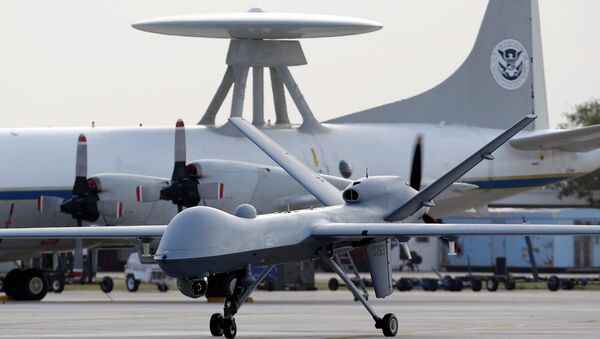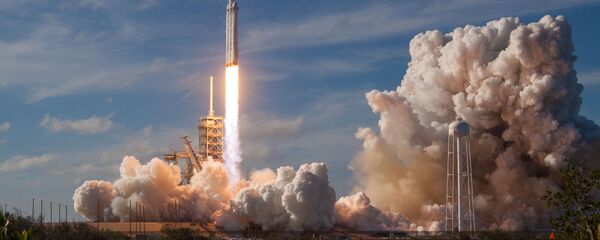The United States has decided to ditch a $7 billion surveillance aircraft program in favor of an information network that connects sensors from manned and unmanned aircraft, satellites, ships at sea and ground troops.
“In a contested environment, an integrated air, space, ground network is more resilient than a single point,” said Heather Wilson, Air Force Secretary, as cited by SpaceNews.
The Pentagon assumed that large and expensive satellites were more vulnerable to electronic and kinetic attacks, while smaller aircrafts would be more resilient. The Air Force believes that this concept will allow the United States to prevail in future conflicts, with the budget proposal shifting money from hardware to software.
“This budget changes the way in which we intend to execute battle management command and control,” Air Force Secretary Heather Wilson said at a Mitchell Institute event on Capitol Hill on February 16.
READ MORE: Study Reveals How Mankind Would React to Contact With Space Aliens
The new satellites are expected to have more room for fuel so that they may move quickly to a different orbit or deploy countermeasures if attacked.
“A lot of the growth is going into the development and testing of new capabilities to be able to have defendable assets on orbit,” Wilson added.
Such Air Force weapons systems as the airliner-size JSTARS radar surveillance aircrafts were deemed easy targets in a potential conflict due to the fact that Russia and China were developing high-speed missiles, advanced ground and space-based surveillance technologies.
READ MORE: Israel, US Successfully Test Hetz 3 Exoatmospheric Anti-Missile System
Earlier in February, the Office of the Director of National Intelligence presented a report on Russia’s and China’s space capabilities.
“Foreign countries — particularly China and Russia — will continue to expand their space-based reconnaissance, communications, and navigation systems in terms of the numbers of satellites, the breadth of their capability, and the applications for use,” said the 2018 Worldwide Threat Assessment of the US Intelligence Community.
US intelligence also predicted that “destructive” Russian and Chinese anti-satellite weapons probably would reach “initial operational capability in the next few years.”






